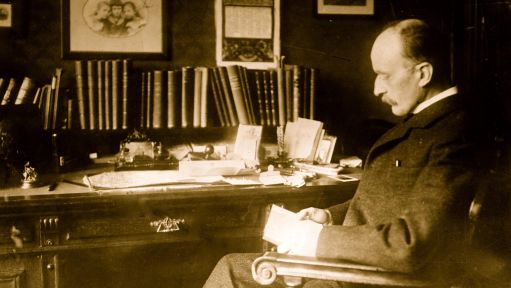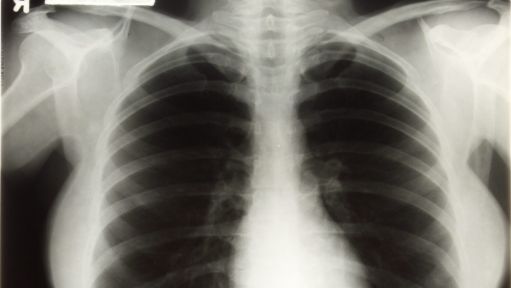
World-class institutions for non-university research
Four major non-university research organisations bring scientists together in unusual ways in Germany.

Known worldwide: the Max Planck Society
It is neither the largest nor the oldest scientific organisation in Germany, but it is probably the best known. The Max Planck Society is regarded as the centre for fundamental research into the natural, biological and social sciences and humanities outside the university world. Around 6,800 scientists at 84 Max Planck institutes and research centres can devote themselves entirely to their subject, without any obligation to give lectures. The Max Planck Society also has branches in the Netherlands, Italy and the USA. A registered non-profit, the organisation rubs shoulders in the Champions League with the world’s top research institutions. 31 winners of the Nobel prize were scientific members of the Max Planck Society or its predecessor, the Kaiser Wilhelm Society, at the time they won the prestigious award. It’s no surprise that natural scientists see the society as Germany’s most attractive employer.
Germany’s largest research organisation: the Helmholtz Association
With around 17,000 researchers and more than 6,000 doctoral students, Germany’s largest scientific organisation began its life in 1958 as a loose consortium of recently established institutions focusing on nuclear energy, a field considered fascinating at the time. Nowadays the Helmholtz Association comprises 18 independent research centres, including the German Aerospace Center (DLR), with 30 sites in Germany alone. The association’s work aims to make a key contribution to answering major and pressing questions relating to science, society and the economy. In their work, Helmholtz researchers concentrate on highly complex systems that influence humans and the environment. The topics revolve for example around questions about how the environment can remain intact for future generations or new therapies can be developed for currently incurable diseases.
Transferring knowledge to policymakers and society: the Leibniz Association
The Leibniz Association brings together 96 independent research institutes, with research interests ranging from the natural sciences, engineering and environmental sciences to aerospace engineering, economics, the social sciences and the humanities. One overarching priority for the Association’s more than 12,000 researchers is transferring knowledge to policymakers, businesses and the general public. Leibniz institutes pursue a variety of collaborations with universities, industry and other partners in Germany and abroad. The Leibniz Association wants to recruit the brightest minds around the world for its research. Nearly 30 percent of its researchers come from abroad. The jewels in the organisation’s crown include the Deutsches Museum in Munich, the Institute for Astrophysics in Potsdam, the Institute for Catalysis in Rostock and the Institute for Solar Physics in Freiburg, as well as the Leibniz Peace Research Institute in Frankfurt am Main.
Patents for the global market: the Fraunhofer-Gesellschaft
The Fraunhofer-Gesellschaft is the world’s leading organisation for applied research. The around 30,000 employees of the organisation, which was founded in 1949, develop almost everything that is likely to become commonplace in private homes and industry in the near future. Fraunhofer currently concentrates on seven strategic research fields: Bioeconomy, digital healthcare, artificial intelligence, next generation computing, quantum technologies, resource efficiency and climate technologies and hydrogen technologies. One of the most prominent developments in the past was the mp3 technology that allowed music to take up only minimal storage space and therefore to take the internet by storm. With subsidiaries and offices in twelve European countries, two North and two South American countries, five Asian countries plus Israel and South Africa, Fraunhofer is globally active.







A research topic, a lecture and an audience in search of inspiration. Curtain up for the Science Slam!
Find out more

